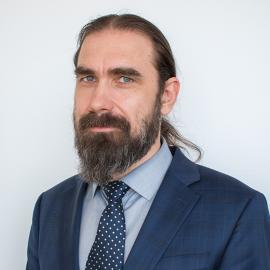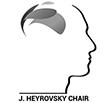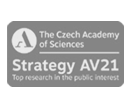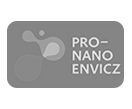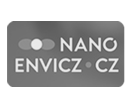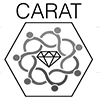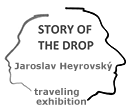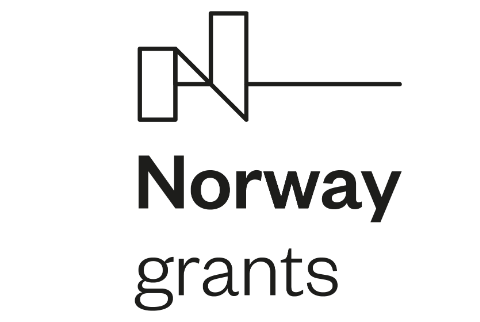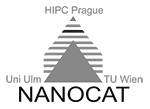The Graphene Council: AMULET project to focus on multiscale materials development
Terrance Barkan, The Graphene Council, 8th December, 2023
Multiscale materials could find practical applications in electrical engineering, medicine, and environmental technologies. Their research and development is being carried out by researchers as part of the AMULET project led by the J. Heyrovský Institute of Physical Chemistry of the CAS. The consortium of eight partners from academia and research has received funding in the amount of nearly half a billion crowns in the ‘Excellence in Research’ call from the Johannes Amos Comenius Programme of the Czech Ministry of Education, Youth and Sports.
The aim of the AMULET (Advanced MUltiscaLe materials for key Enabling Technologies) project is clearly defined – to develop advanced materials with a wide range of applications. By combining zero-dimensional (quantum dots), one-dimensional (e.g., nanotubes), and two-dimensional (e.g., graphene) materials, experts are developing multiscale materials to give them new and unusual properties. Smart materials with unique functionalities and surprising applications in many different fields can thus be obtained by combining these nanomaterials.
Which unusual properties are these in particular? According to the project’s coordinator, Martin Kalbáč from the J. Heyrovský Institute of Physical Chemistry of the CAS, there is an entire range of them and it is not exactly an easy feat to define them in general terms.
“I’ll give the example of graphene, which is probably the most well-known two-dimensional material. It exhibits both optical transparency and electrically conductive properties, which can be utilised for things like touchscreens. It is also interesting that charge carriers in graphene, such as electrons, can move over a large distance without scattering occurring. In practice, this can be utilised for the design of electronic components,” Kalbáč explains.
However, graphene is a semimetal and, in this form, cannot be used for applications in conventional transistors, which require a semiconductor material. “However, if we correctly combine two graphene layers, the resulting material, under certain conditions, can exhibit semiconducting properties. In the context of macroscopic objects, such changes in fundamental physical properties are hard to imagine,” the researcher adds.
Modern materials science
Current trends in materials science draw inspiration from nature. Beyond naturally occurring elements and compounds, nature enables so-called material genetics, i.e., the targeted folding and “cross-breeding” of material components in 3D space. “Research of one- and two-dimensional materials has become very popular recently. One of the main ideas of the project is to combine these materials in a targeted way,” says Kalbáč, adding that the project will integrate a number of trends in the field of nanomaterials research, which may lead to unexpected discoveries of unique functionalities.
Experts will be investigating how multiscale materials interact with biological environments and whether they can be used for electrochemical or optical sensors and in electro-photochemical catalysis to remove harmful substances from air and water. They will also test new nano/micro-devices that can be used for energy conversion, production, and storage.
A large part of Kalbač’s home institute is involved in the AMULET project. “To name several significant points of interest we’re focusing on, I would mention the preparation and use of atomic clusters, the development of super-resolution optical microscopy, and the use of multiscale materials for special sensors and detectors, on which we will be working closely with the Faculty of Mathematics and Physics at Charles University,” the researcher adds.
As part of the international scientific board of the AMULET project, the progress and direction of the research will be overseen by Konstantin Novoselov, winner of the Nobel Prize in Physics for the discovery of graphene. “As the discoverer of graphene, Professor Novoselov is an icon in the field of 2D materials research. I am delighted that he has been able to join the project’s scientific board. I would like to thank my colleague Matěj Velický, who has been instrumental in helping make this happen,” Kalbáč adds.
Half a billion crowns in funding
AMULET succeeded in competition with 66 projects submitted to the Excellence in Research Call in the Johannes Amos Comenius Programme administered by the Czech Ministry of Education, Youth and Sports. The call is aimed at supporting research with the potential for excellent results applicable in practice. The money is earmarked for excellent research teams that will help Czech scientific institutions deepen their relations with international partners and also strengthen the competitiveness of the Czech Republic in the long run.
The project, coordinated by the J. Heyrovský Institute of Physical Chemistry of the CAS, will receive almost half a billion crowns from the programme. “Approximately one third of this amount will go to my home institute. I am very happy that our project succeeded, as it will help us retain experts that we would otherwise probably lose due to lack of funding,” Kalbáč adds.
The consortium consists of eight partners – five institutes of the Czech Academy of Sciences and three Czech universities. “Coordinating such a large project is quite the challenge. On the other hand, I will be assisted by an administrative team from our institute. The partner institutions are represented by my colleagues with whom I have always had a good experience working together, so I believe that we will successfully be able to build on this cooperation,” Kalbáč concludes.
doc. RNDr. Ing. Kalbáč Martin Ph.D., DSc.
 jh-inst.cas.cz
jh-inst.cas.cz


